Lughnasa and the Cheshbon Nefesh Moon
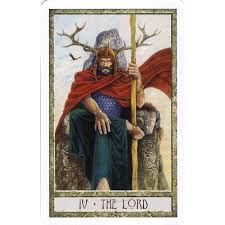 Wednesday gratefuls: Shadow of the morning darkness. Nerve ablations scheduled. Artemis. Mythic Quest. Apple TV. Tenderloin, sweet Corn, sliced Peppers. Lunch. All labor. Robots. A.I. The cloud. Desktop and laptop and handheld computers. Nividia. AMD. Intel. Spending on AI data centers. The environmental cost of AI. Life. Death. Mystery.
Wednesday gratefuls: Shadow of the morning darkness. Nerve ablations scheduled. Artemis. Mythic Quest. Apple TV. Tenderloin, sweet Corn, sliced Peppers. Lunch. All labor. Robots. A.I. The cloud. Desktop and laptop and handheld computers. Nividia. AMD. Intel. Spending on AI data centers. The environmental cost of AI. Life. Death. Mystery.
Sparks of Joy and Awe: Tzelem elohim. All made of the same stuff.
Year Kavannah: Wu Wei
Week Kavannah: Ometz Lev. Strength of the heart. The inner courage to move forward. Courage.
Tarot: #4, The Lord (Druid Craft Deck)
- Stability and structure: Creating a solid, secure foundation for a project, family, or business. This card suggests a time to build and organize.
One brief shining: The inner world, a place of dreams and memories, emotions and intuition, Progoff’s inner cathedral, Jung’s shadow and the collective unconscious, the nefesh and the ruach and the neshama, where the outer world of materiality has no foothold, blends and develops our experience with our gifts, creating an I am.
Labor day: A bit late, but hey, I’m retired.
From my 50’s Indiana childhood I imprinted a steadfast rule. School starts the day after Labor Day and ends the day before Memorial Day. Anything else violates my understanding of a proper childhood. Colorado schools, for example, start in mid-August and end in mid to late May. Beep! Wrong. No kid should have to go back to school before the State Fair is done. I’m just sayin’.
Labor day returns our focus, however briefly, to labor unions, the working class, blue collar folks. The citizens of Alexandria, Indiana. My home town. Workers who made batteries and alternators at Delco Remy. Workers who made headlights and taillights for Guide Lamp. Who worked one of the three shifts: days, evening, nights. Yes, in that time General Motors required enough batteries and headlights to require factories that ran twenty-four hours a day.
No longer. What is the future of this kind of labor? Bleak. Even with red tie guy’s tariffs. The return of manufacturing to US soil? Unlikely in any substantial way. Global trade will not go away and the benefit (?) of cheaper labor will always land somewhere around the globe.
Then, of course. A.I. What will it do to the labor force? It may extend the leveled sites of Delco and Guide to paralegals, lawyers, doctor’s offices, newsrooms, and classrooms. So called knowledge workers. No one really knows.
But, disruption for workers of all sorts has been the norm in the not free for all of capitalist economies. Whatever AI and robotics can do will shuffle the deck of work, of that I have no doubt. But how much? Hard to predict.
Work, if you recall your Bereshit, Genesis, is a curse laid on Adam and Eve for eating of the Tree of the knowledge of good and evil. A curse. We pretend it’s ennobling because we need to. We have to justify our need to leave a warm bed, a lover or spouse, the kids and the dog to, what, win bread? Move up, gain status? Do something worthwhile? Yes. A curse on all our houses.

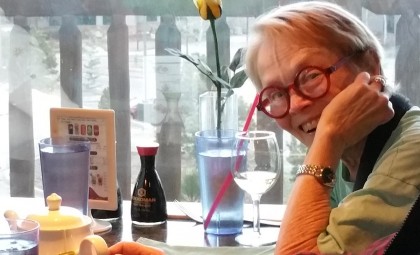 Kate’s wanting to get out and not just visits to medical facilities. Her stamina has improved some, she’s eating more. She’s still in the 80-82 zone, but I’m looking forward to her cracking 83. Then up from there. She’s laughing and smiling, things I didn’t see often over the last three months. Enjoying these moments. Both of us.
Kate’s wanting to get out and not just visits to medical facilities. Her stamina has improved some, she’s eating more. She’s still in the 80-82 zone, but I’m looking forward to her cracking 83. Then up from there. She’s laughing and smiling, things I didn’t see often over the last three months. Enjoying these moments. Both of us.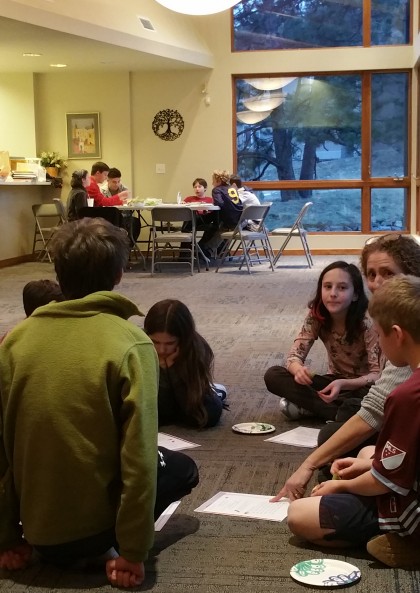

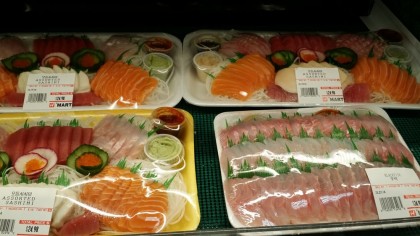 Over to the second H-Mart with SeoAh yesterday. This one is smaller than the one in Aurora, but is much better organized. It’s more like a US supermarket though with very different stock. The Aurora H-Mart is more like an Asian market. I love the produce, the array of seafood, and whole cold storage displays filled with things I can’t identify. As you might expect, there is also an amazing range of sushi, sashimi, (left) noodles, soy sauces, frozen dumplings, other prepared foods like soups and sauces. The beef is all Kobe beef, wagyu, but raised in the U.S.
Over to the second H-Mart with SeoAh yesterday. This one is smaller than the one in Aurora, but is much better organized. It’s more like a US supermarket though with very different stock. The Aurora H-Mart is more like an Asian market. I love the produce, the array of seafood, and whole cold storage displays filled with things I can’t identify. As you might expect, there is also an amazing range of sushi, sashimi, (left) noodles, soy sauces, frozen dumplings, other prepared foods like soups and sauces. The beef is all Kobe beef, wagyu, but raised in the U.S.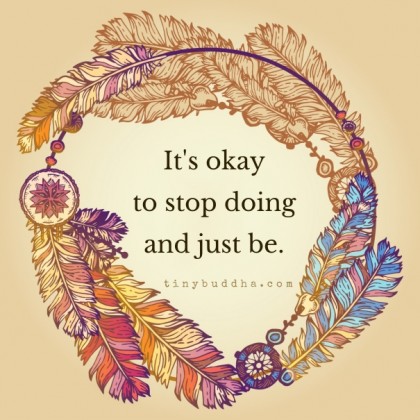 Cousin Diane wrote a “why don’t you slow down some, just be for a while?” e-mail. Interesting. When I had no choice, during Kate’s first hospitalization, I did prune out many things, but that was necessity. Daily trips into Swedish or Brookdale, occasionally more than one, left me too exhausted to do much more. My friend Mark Odegard made a similar comment on Sunday during our Zoom session. “Your life is always complex, lots going on.” Also interesting because Mark’s got a lot going on, too, but he sees my life, perhaps as Diane did, as having more going on than is necessary.
Cousin Diane wrote a “why don’t you slow down some, just be for a while?” e-mail. Interesting. When I had no choice, during Kate’s first hospitalization, I did prune out many things, but that was necessity. Daily trips into Swedish or Brookdale, occasionally more than one, left me too exhausted to do much more. My friend Mark Odegard made a similar comment on Sunday during our Zoom session. “Your life is always complex, lots going on.” Also interesting because Mark’s got a lot going on, too, but he sees my life, perhaps as Diane did, as having more going on than is necessary.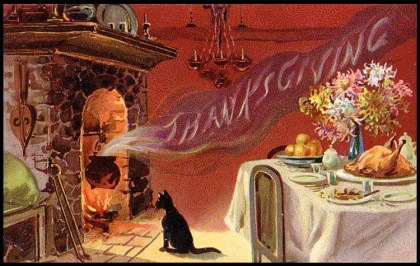 We put out our best aluminum tins from Tony’s. Mashed potatoes, sweet potatoes, sage stuffing, green beans almondine. I plunged the plastic bag of turkey gravy in boiling water. The turkey breast went in a shallow pan with a 1/2 cup of water. We have two ovens and the top one, the smaller of the two, did its job well for the potatoes and the stuffing.
We put out our best aluminum tins from Tony’s. Mashed potatoes, sweet potatoes, sage stuffing, green beans almondine. I plunged the plastic bag of turkey gravy in boiling water. The turkey breast went in a shallow pan with a 1/2 cup of water. We have two ovens and the top one, the smaller of the two, did its job well for the potatoes and the stuffing.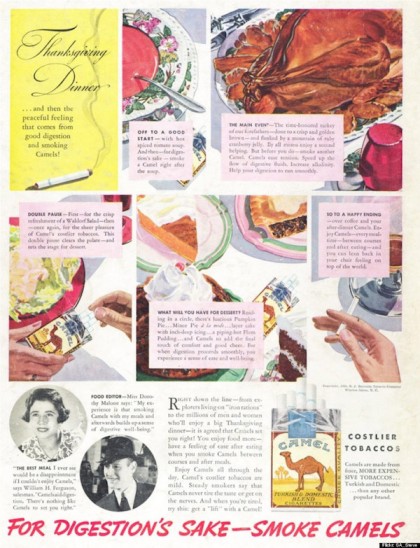 On the table sat our finest paper plates, a big turkey printed on them saying gobble, gobble, gobble. The napkins had pumpkins and vines and stuff. The meal was very good and aside from the now suspect ovens (I won’t mention that the other one went wonky, too.) exceeded my hopes.
On the table sat our finest paper plates, a big turkey printed on them saying gobble, gobble, gobble. The napkins had pumpkins and vines and stuff. The meal was very good and aside from the now suspect ovens (I won’t mention that the other one went wonky, too.) exceeded my hopes.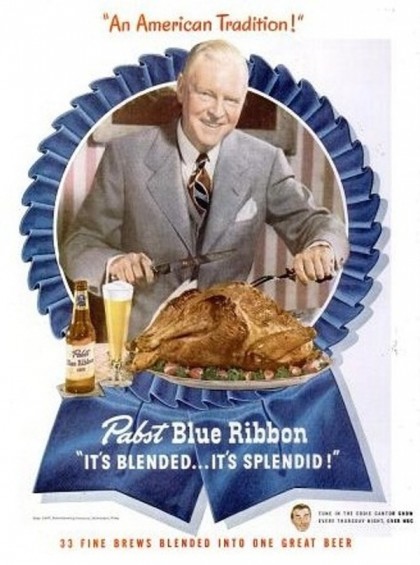 Kate’s two months from hell. A modest amount of this excellent meal sent her straight to bed. Not sure where we go from here. Smoothies and Korean food, maybe.
Kate’s two months from hell. A modest amount of this excellent meal sent her straight to bed. Not sure where we go from here. Smoothies and Korean food, maybe.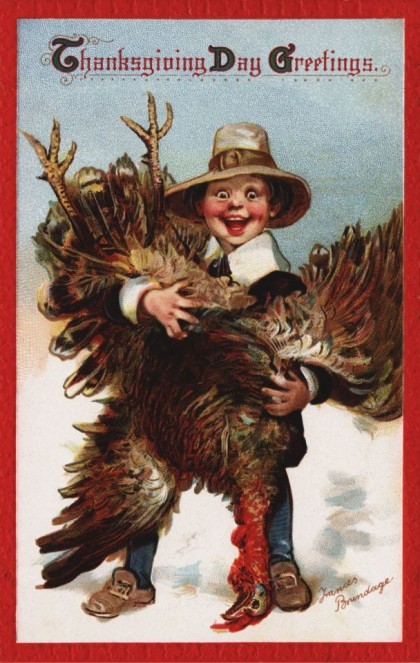 Woke up this morning and did my gratitude practice. At night I consider all the gifts I got during that day, all the gifts I gave, and any trouble I caused. In the morning I start out with what I’m grateful for right now. Both practices seem to soothe me, put me in a place to receive and accept blessings. Life’s a hell of a lot better when I’m in that sorta space.
Woke up this morning and did my gratitude practice. At night I consider all the gifts I got during that day, all the gifts I gave, and any trouble I caused. In the morning I start out with what I’m grateful for right now. Both practices seem to soothe me, put me in a place to receive and accept blessings. Life’s a hell of a lot better when I’m in that sorta space.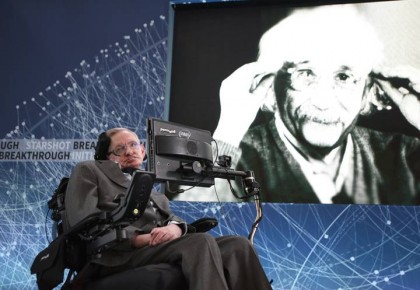 As one of Dr. Agronin’s youngest informants said, even when physical decline and losses restrict one’s options, there remains the capacity to appreciate and approach each day with a sense of purpose. “It’s all about how you frame what you have,” she told him.
As one of Dr. Agronin’s youngest informants said, even when physical decline and losses restrict one’s options, there remains the capacity to appreciate and approach each day with a sense of purpose. “It’s all about how you frame what you have,” she told him.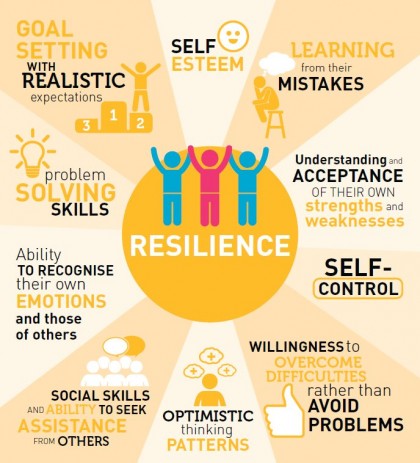 Hopefully, our children, the millennials among them, will look at us and come to that phase of their lives with a different image. My hope is that they will see that aging is the accumulation of years, not a time of diminished hope and diffuse fear, but life continuing. If that image can become dominant, it will look like the diverse approaches people have to their first and second phases. In other words the third phase will have as many distinct trajectories as there are people who enter it. It will not be dormancy, or a pause before dying, but life itself.
Hopefully, our children, the millennials among them, will look at us and come to that phase of their lives with a different image. My hope is that they will see that aging is the accumulation of years, not a time of diminished hope and diffuse fear, but life continuing. If that image can become dominant, it will look like the diverse approaches people have to their first and second phases. In other words the third phase will have as many distinct trajectories as there are people who enter it. It will not be dormancy, or a pause before dying, but life itself.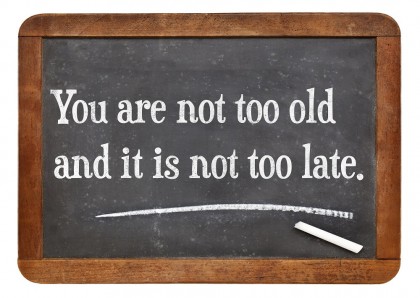 I like Robert Hill’s definition of positive aging: (It’s) “affected by disease and disability, but not contingent upon avoiding it.” Rather, it is “a state of mind that is positive, optimistic, courageous, and able to adapt and cope in flexible ways with life’s changes.”
I like Robert Hill’s definition of positive aging: (It’s) “affected by disease and disability, but not contingent upon avoiding it.” Rather, it is “a state of mind that is positive, optimistic, courageous, and able to adapt and cope in flexible ways with life’s changes.” 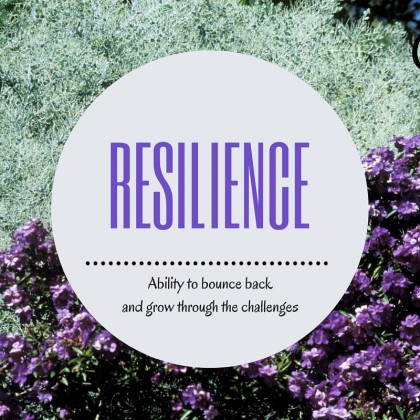 Not only in children, I think. Resilience can allow us to accept the changes of the aging body without losing hold of the power of our own lives. With a resilient personality even ALS will not cause us to stop growing. Just look at Stephen Hawking.
Not only in children, I think. Resilience can allow us to accept the changes of the aging body without losing hold of the power of our own lives. With a resilient personality even ALS will not cause us to stop growing. Just look at Stephen Hawking.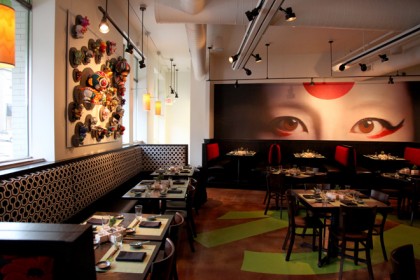
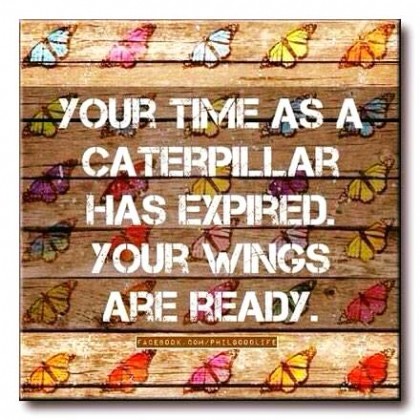 That’s especially important for workouts, which are easy to forego. On Mondays, Wednesdays and Fridays, I do 20 minutes of cardio, then resistance work, then 20 more minutes of cardio. On Tuesdays, Thursdays and Saturdays, I do the high intensity cardio plus 50 minutes or so slower cardio. If I miss a Monday, I go on to the high intensity, slow cardio day. If I miss a Monday and a Tuesday, I still go to the 40 minutes of cardio, resistance work day. For me, keeping the same workouts on the same days of the week keeps me from feeling guilty (I’ve missed so many workouts, it doesn’t make sense to even try and get back to my schedule.) and guilt stops the process altogether.
That’s especially important for workouts, which are easy to forego. On Mondays, Wednesdays and Fridays, I do 20 minutes of cardio, then resistance work, then 20 more minutes of cardio. On Tuesdays, Thursdays and Saturdays, I do the high intensity cardio plus 50 minutes or so slower cardio. If I miss a Monday, I go on to the high intensity, slow cardio day. If I miss a Monday and a Tuesday, I still go to the 40 minutes of cardio, resistance work day. For me, keeping the same workouts on the same days of the week keeps me from feeling guilty (I’ve missed so many workouts, it doesn’t make sense to even try and get back to my schedule.) and guilt stops the process altogether. The third phase is new. It used to be that 65 or so meant the end of a working life, retirement happened, then death, often before 70. Those that made it into their seventies were often burdened with serious medical problems that drained energy and created obstacles to doing much else.
The third phase is new. It used to be that 65 or so meant the end of a working life, retirement happened, then death, often before 70. Those that made it into their seventies were often burdened with serious medical problems that drained energy and created obstacles to doing much else.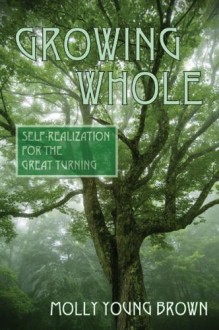 70 is not the new sixty. It’s the new 70. What 70 is the new sixty really means is that for those raised in the 50’s, 70 now appears like age 60 did when we were kids. Big difference though…we’re in that sixties range of health, but we’re 70 and work has fallen away, the kids are gone. What do we do?
70 is not the new sixty. It’s the new 70. What 70 is the new sixty really means is that for those raised in the 50’s, 70 now appears like age 60 did when we were kids. Big difference though…we’re in that sixties range of health, but we’re 70 and work has fallen away, the kids are gone. What do we do?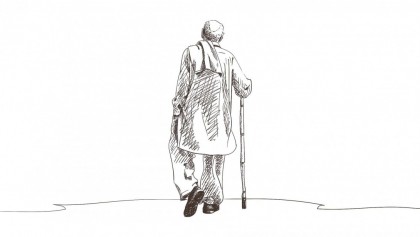 Yes, retirement and the life following it, the third phase as I call it, is just that, a new and different time of life, one in which the question of how do I live can have a radically different answer than in the first two phases. Who are you? Who do you want to be? If you want to be a person whose constant focus is recreation, who gets up in the morning for another day of adult recess, you can. If you want to be a dress designer after years as a forensic engineer, you can. Or, as in my case, the work before retirement age was satisfying, self-directed, so there’s little reason to change just because some age-related cultural turning point has been reached.
Yes, retirement and the life following it, the third phase as I call it, is just that, a new and different time of life, one in which the question of how do I live can have a radically different answer than in the first two phases. Who are you? Who do you want to be? If you want to be a person whose constant focus is recreation, who gets up in the morning for another day of adult recess, you can. If you want to be a dress designer after years as a forensic engineer, you can. Or, as in my case, the work before retirement age was satisfying, self-directed, so there’s little reason to change just because some age-related cultural turning point has been reached. If you’re an alcoholic like I am, you learn early in treatment that the geographical escape won’t work. Wherever you go, there you are is the saying. It’s true that the addictive part of my personality follows me from place to place as well as through time. Even so, this move to Colorado has awakened me to an unexpected benefit of leaving a place, especially ones invested with a lot of meaning.
If you’re an alcoholic like I am, you learn early in treatment that the geographical escape won’t work. Wherever you go, there you are is the saying. It’s true that the addictive part of my personality follows me from place to place as well as through time. Even so, this move to Colorado has awakened me to an unexpected benefit of leaving a place, especially ones invested with a lot of meaning. While it’s true, in the wherever you go there you are sense, that these memories and social roles, the feeling of a continuous self that lived outside Nevis, in Irvine Park, worked at the God Box on Franklin Avenue remain, they are no longer a thick web in which I move and live and have my being, they no longer reinforce themselves on a daily, minute by minute basis. And so their impact fades.
While it’s true, in the wherever you go there you are sense, that these memories and social roles, the feeling of a continuous self that lived outside Nevis, in Irvine Park, worked at the God Box on Franklin Avenue remain, they are no longer a thick web in which I move and live and have my being, they no longer reinforce themselves on a daily, minute by minute basis. And so their impact fades. This is obvious, yes, but its effect is not. This unexperienced territory leaves open the possibility of new aspects of the self emerging triggered by new relationships, new roles, new physical anchors for memories. Evergreen, for example, now plays a central part in our weekly life. We go over there for Beth Evergreen. We go there to eat. Jon and the grandkids are going there to play in the lake this morning.
This is obvious, yes, but its effect is not. This unexperienced territory leaves open the possibility of new aspects of the self emerging triggered by new relationships, new roles, new physical anchors for memories. Evergreen, for example, now plays a central part in our weekly life. We go over there for Beth Evergreen. We go there to eat. Jon and the grandkids are going there to play in the lake this morning. Back to exercising yesterday. Yeah! Still a bit foggy in the am and my energy level remains subdued. Might be a summer slump occasioned by the heat or I might need a vacation. It’s been a stressful time period since December 1st, when I had the total knee replacement. That in itself was plenty but Jon’s divorce and Kate’s health tripled down on our resilience. It’s pretty good, I think, but the challenges this last few months were severe.
Back to exercising yesterday. Yeah! Still a bit foggy in the am and my energy level remains subdued. Might be a summer slump occasioned by the heat or I might need a vacation. It’s been a stressful time period since December 1st, when I had the total knee replacement. That in itself was plenty but Jon’s divorce and Kate’s health tripled down on our resilience. It’s pretty good, I think, but the challenges this last few months were severe.